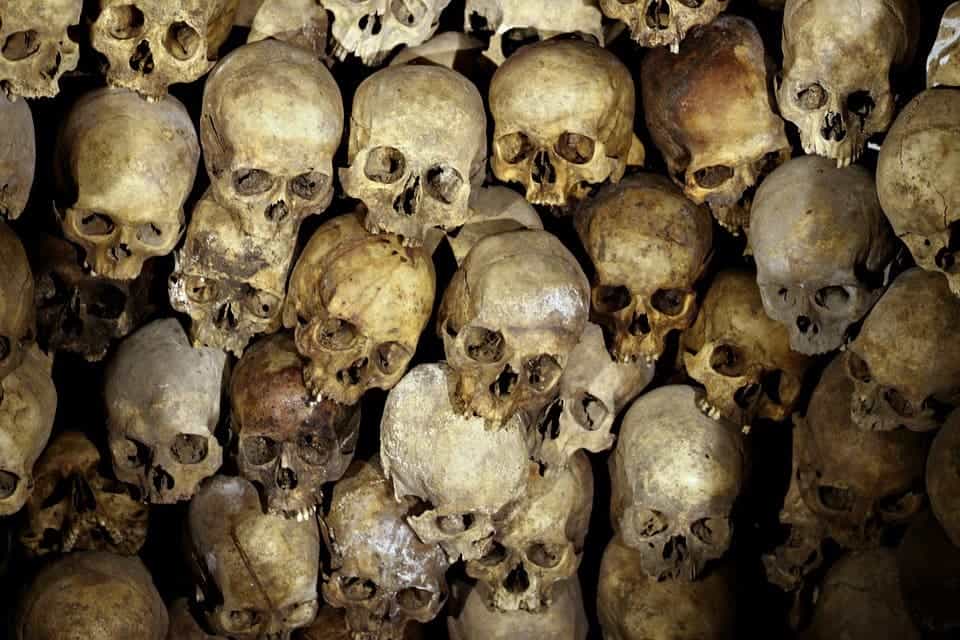Humanity is such a central force in today’s world that we’ve likely altered the fossil record of the future in a big way.

Through technology and sheer numbers, our influence on the Earth now equals or exceeds that of many natural processes. Some researchers call for formal recognition of this fact by declaring a new geologic era: the Anthropocene. However, there’s quite the debate about whether this should happen or not and if it does, when it should begin.
In a new study, paleontologist Roy Plotnick from the University of Illinois at Chicago (UIC) argues that the fossil record of mammals will provide a clear signal of the Anthropocene.
I knew it in my bones
“The chance of a wild animal becoming part of the fossil record has become very small,” said Plotnick, a UIC professor of earth and environmental sciences and the paper’s lead author.
“Instead, the future mammal record will be mostly cows, pigs, sheep, goats, dogs, cats, etc., and people themselves.”
Along with co-author Karen Koy of Missouri Western State University, Plotnick explains that humans and domestic animals greatly outnumber wild mammals. The team cites the example of Michigan, where humans and domesticated animals represent about 96% of the total mass of vertebrates. Chickens and people greatly outnumber everything else.
The situation is likely similar in many other parts of the US as well, the team explains.
Cultural customs are also liable to change the make-up of mammal fossils in the future. The authors explain that while humans have buried their dead in cemeteries for centuries now, how and where animals find their resting place have markedly changed over time.
For starters, human activity is impacting the distribution and properties of natural ecosystems, which will impact fossil preservation. The team highlights land use and climate change as the main culprits, as they impact both wildlife populations and the processes that preserve or break down organic matter (which also govern fossilization).
Soil properties are also shifting across the world, with potential effects on fossilization rates. The creation of new sites of preservation — landfills and cemeteries — are drastically impacting potential fossil distribution. Finally, the team notes that industrial agriculture and increased animal density, through the use of large farm equipment and intensive farming practices respectively, are changing the properties of bones themselves.
Taken together, all these factors will likely have a dramatic impact on vertebrate fossils in the future, the team explains. They add that a hypothetical paleontologist 100,000 years in the future will pick up on the start of the Anthropocene with ease, as today’s fossils will be ‘unique’ and ‘unmistakable’.
“Fossil mammals occur in caves, ancient lakebeds, and river channels, and are usually only teeth and isolated bones,” Plotnick said. “Animals that die on farms or in mass deaths due to disease often end up as complete corpses in trenches or landfills, far from water.”
“In the far future, the fossil record of today will have a huge number of complete hominid skeletons, all lined up in rows”.
The paper “The Anthropocene fossil record of terrestrial mammals” has been published in the journal Anthropocene.


